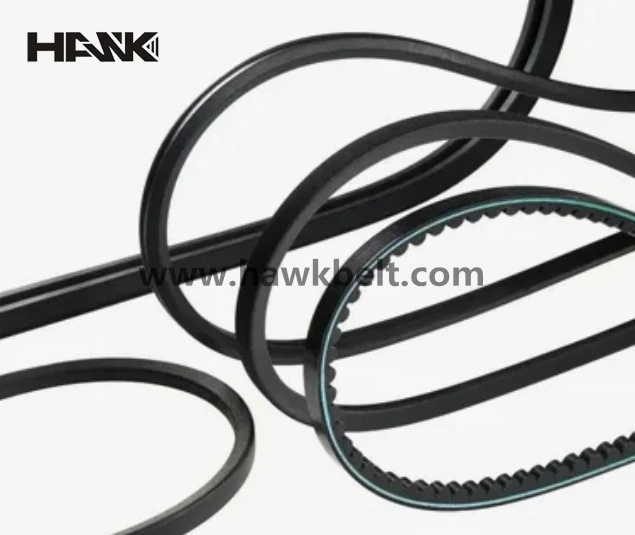- Arabic
- French
- Russian
- Spanish
- Portuguese
- Turkish
- Armenian
- English
- Albanian
- Amharic
- Azerbaijani
- Basque
- Belarusian
- Bengali
- Bosnian
- Bulgarian
- Catalan
- Cebuano
- Corsican
- Croatian
- Czech
- Danish
- Dutch
- Afrikaans
- Esperanto
- Estonian
- Finnish
- Frisian
- Galician
- Georgian
- German
- Greek
- Gujarati
- Haitian Creole
- hausa
- hawaiian
- Hebrew
- Hindi
- Miao
- Hungarian
- Icelandic
- igbo
- Indonesian
- irish
- Italian
- Japanese
- Javanese
- Kannada
- kazakh
- Khmer
- Rwandese
- Korean
- Kurdish
- Kyrgyz
- Lao
- Latin
- Latvian
- Lithuanian
- Luxembourgish
- Macedonian
- Malgashi
- Malay
- Malayalam
- Maltese
- Maori
- Marathi
- Mongolian
- Myanmar
- Nepali
- Norwegian
- Norwegian
- Occitan
- Pashto
- Persian
- Polish
- Punjabi
- Romanian
- Samoan
- Scottish Gaelic
- Serbian
- Sesotho
- Shona
- Sindhi
- Sinhala
- Slovak
- Slovenian
- Somali
- Sundanese
- Swahili
- Swedish
- Tagalog
- Tajik
- Tamil
- Tatar
- Telugu
- Thai
- Turkmen
- Ukrainian
- Urdu
- Uighur
- Uzbek
- Vietnamese
- Welsh
- Bantu
- Yiddish
- Yoruba
- Zulu
lis . 05, 2024 08:34 Back to list
toothed v belt
Understanding Toothed V-Belts The Backbone of Power Transmission
In the realm of mechanical engineering and machinery, efficiency and reliability are paramount. One essential element that helps achieve these goals is the toothed V-belt, a power transmission component that has gained popularity due to its effectiveness in transferring energy between pulleys. This article delves into the design, functioning, advantages, and applications of toothed V-belts, illuminating their significance in modern engineering.
Design and Structure
Toothed V-belts, also known as timing belts or synchronous belts, are designed with a series of teeth that mesh with corresponding grooves on the pulleys. This tooth-and-groove configuration allows for precise alignment and prevents slippage, which is a common issue with traditional V-belts. Typically constructed from high-strength rubber, reinforced with synthetic fibers or polyester, toothed V-belts are built to withstand various environmental conditions, including temperature fluctuations and exposure to chemicals.
The cross-section of a toothed V-belt resembles a trapezoidal shape, significantly different from the conventional round cross-section of traditional belts. The teeth are not only crucial for ensuring grip but also play a key role in minimizing deformation during operation, leading to enhanced efficiency. This specialized design allows toothed V-belts to handle higher loads while maintaining accurate timing in rotation, making them ideal for applications requiring precise synchronization.
Functioning
The primary function of a toothed V-belt is to transmit power from one pulley to another without slipping. As the driver pulley rotates, the teeth on the belt engage with the teeth on the driven pulley, facilitating a direct transfer of motion. This mechanism not only enhances energy efficiency but also reduces wear and tear on the belt itself. Unlike traditional belts that rely on friction for motion transfer, the toothed design guarantees that motion is transmitted consistently and reliably.
Advantages
1. Precision One of the main benefits of toothed V-belts is their ability to maintain precise timing under varying loads and speeds. This makes them particularly suitable for applications like automotive engines and robotics, where synchronization is crucial.
toothed v belt

2. Reduced Slippage The tooth engagement minimizes slippage, which is common in standard V-belts. This feature ensures that the driven components rotate exactly in line with the rotation of the driving component, enhancing overall performance.
3. Durability and Longevity Due to their robust construction, toothed V-belts tend to have a longer lifespan compared to traditional belts. They can operate effectively in harsh conditions and are less prone to wearing out or stretching over time.
4. Low Maintenance Toothed V-belts typically require less maintenance than conventional belts. The absence of tensioners and their ability to withstand vibration and shock loads means fewer interruptions in operations.
Applications
Toothed V-belts find widespread application across various industries. They are pivotal in automotive engineering, where they drive components like camshafts and water pumps, ensuring that these parts operate in harmony. In the industrial sector, toothed V-belts are used in machinery such as conveyors, CNC machines, and robotic arms, where precision and reliability are critical.
Moreover, the popularity of toothed V-belts is also evident in home appliances, where they are employed in washing machines and food processors to ensure smooth operation without slippage. The versatility of toothed V-belts allows them to adapt to multiple applications, making them indispensable in both commercial and residential realms.
Conclusion
In summary, toothed V-belts are a cornerstone of effective power transmission in a variety of mechanical systems. Their unique design, characterized by a series of teeth, provides advantages such as enhanced precision, reduced slippage, and improved durability. As industries continue to evolve, the demand for reliable and efficient power transmission components like toothed V-belts will undoubtedly grow. Understanding their functionality and applications can help industries optimize their operations and drive innovation forward. Whether in complex machinery or everyday appliances, toothed V-belts play a critical role in keeping the wheels of progress turning.
-
Korean Auto Parts Timing Belt 24312-37500 For Hyundai/Kia
NewsMar.07,2025
-
7PK2300 90916-T2024 RIBBED BELT POLY V BELT PK BELT
NewsMar.07,2025
-
Chinese Auto Belt Factory 310-2M-22 For BMW/Mercedes-Benz
NewsMar.07,2025
-
Chinese Auto Belt Factory 310-2M-22 For BMW/Mercedes-Benz
NewsMar.07,2025
-
90916-02660 PK Belt 6PK1680 For Toyota
NewsMar.07,2025
-
drive belt serpentine belt
NewsMar.07,2025

